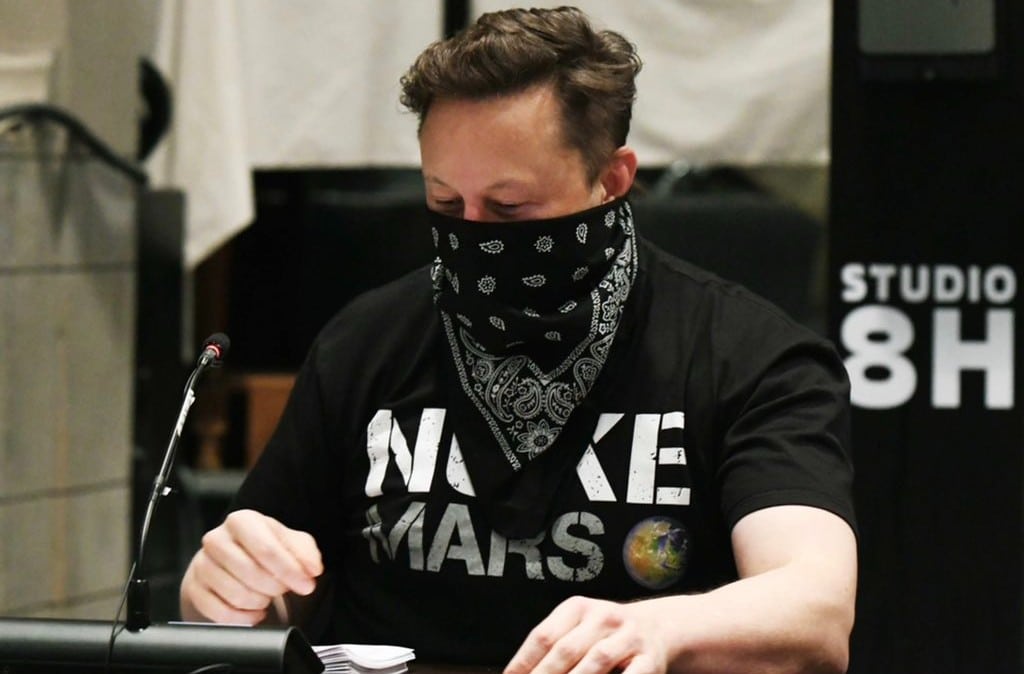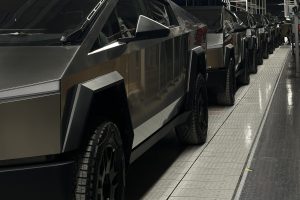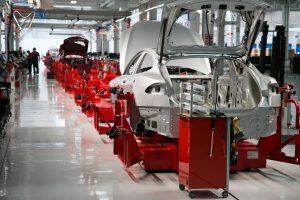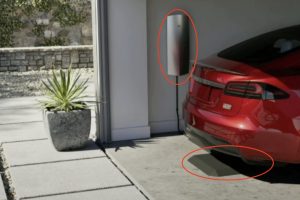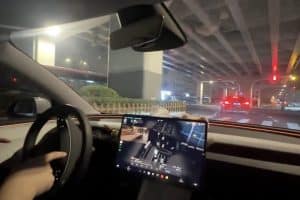Since their introduction, seatbelts have saved countless lives, especially since Swedish engineer Nils Bohlin invented the now-ubiquitous three-point seatbelt in 1958. Despite the fact that seatbelts are an established safety device, they are nevertheless very likely to abuse. Consumer Reports recently highlighted one such example when the magazine decided to show how drivers could deceive Tesla’s Autopilot driver-monitoring systems.
The magazine’s testers fooled Tesla’s driver-monitoring system by buckling in the driver’s seatbelt without a human in the seat in Consumer Reports’ demonstration. After that, the magazine’s testers actually sat on top of the buckled seatbelt, essentially fooling the Model Y into believing the driver was fully buckled. Fortunately, it appears that Tesla is working on a solution to avoid such ruses. This is hinted at in a recently awarded patent that describes a device for detecting improper seatbelt use.
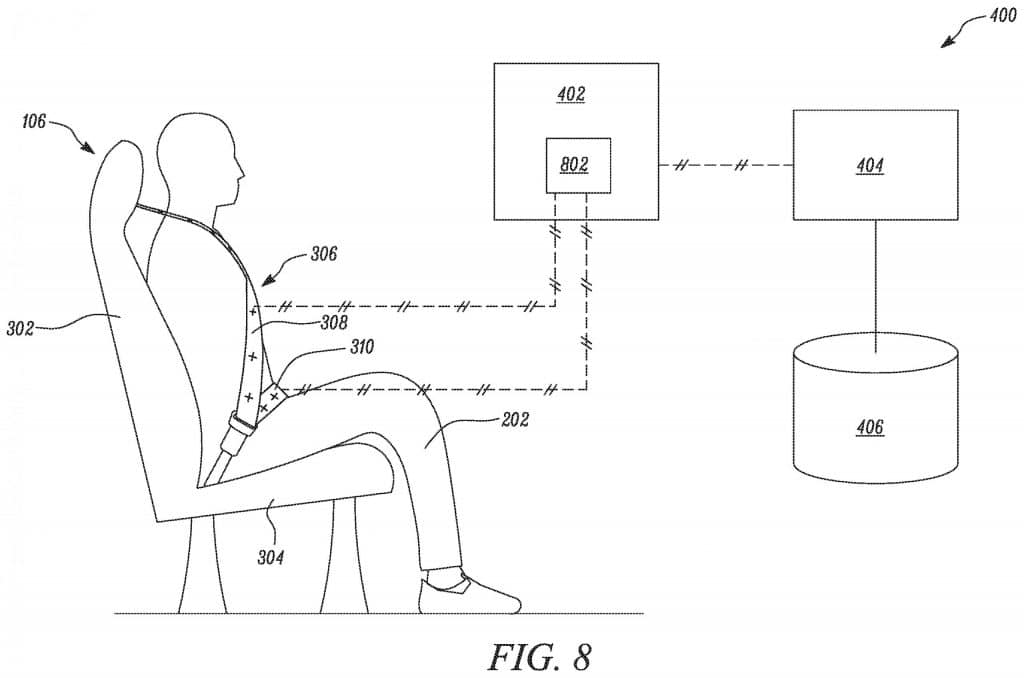
Tesla’s patent for “Improper Seatbelt Usage Detection,” which was published in 2019 and issued earlier this year, offers a good way for the company’s vehicles to correctly decide if their passengers are secured in properly. In the history of the patent, Tesla recognized the problem of drivers not wearing their seatbelts properly.
“For safety-belt systems to be effective, seatbelts must be worn as intended. However, occupants do not always wear the seatbelts as intended. For example, occupants have been observed wearing the shoulder belt portion belt behind their backs, the shoulder belt portion under their arms, or hold another occupant on their lap. Current monitoring systems cannot determine whether an occupant is properly using a seatbelt. Thus, there is a need for a system that detects improper use of seatbelt,” Tesla wrote.
Sensor modules are used in Tesla’s patent to ensure that passengers are wearing their seatbelts correctly. These sensor modules may contain several sensors and be embedded inside the seats of a vehicle. Inertial sensors or radio-frequency (RF) beacons are often used in some sensor modules, allowing vehicles to decide whether seatbelts are being used properly. The patent also mentions a controller that collects signals from the sensors and decides whether or not a seatbelt is being worn properly. This is extremely important for automobiles that could function without active human input, as Tesla’s patent illustrations suggest.
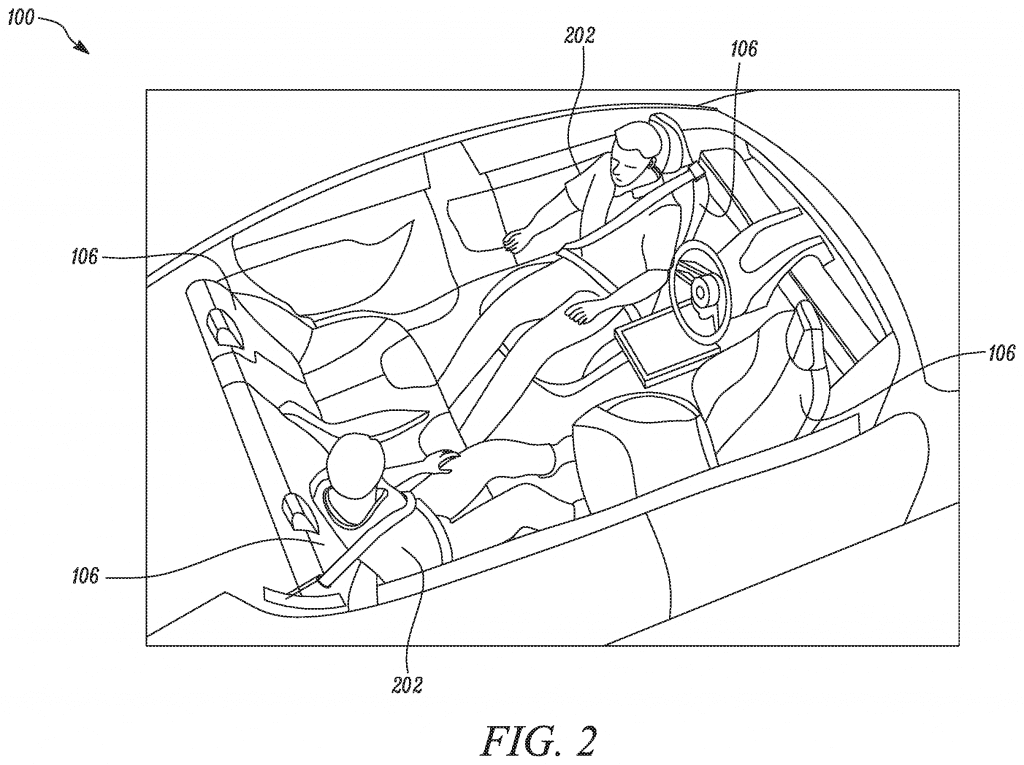
Tesla mentions in the patent that the system’s controller has an associated memory that can store data about the vehicle’s use. This information includes occupant profiles, such as weight, height, and posture, among other things. The fact that Tesla’s patent is designed to detect even casual inappropriate seatbelt usage, such as when drivers put the shoulder belt under their arm or passengers carry a non-belted occupant on their lap, is very remarkable. If excessive seatbelt usage is detected, the EV manufacturer explained what happens inside the car.
“After determining improper usage of seatbelt 306, controller 404 may issue a warning, a notification, sound an alarm, or may even not allow to operate vehicle 100 until seatbelt 306 is used properly. A warning may be a text message displayed on display system of vehicle infotainment system, or an alarm sounding on vehicle infotainment system, a text message to registered mobile number of occupant, etc. Controller 404 may perform any other type of follow up actions as well to ensure proper usage of seatbelt 306 while driving vehicle 100. The present disclosure is not limited by any such follow up actions in any manner,” Tesla wrote.
With such systems in place, Tesla could solidify its position as the world’s safest vehicle manufacturer. Teslas are now extremely safe because of their all-electric nature, which features a low center of gravity and large crumple zones. However, with a slew of systems like Autopilot and improper seatbelt warning systems, it’s possible that experienced auto testers like Consumer Reports will soon be unable to fool Tesla’s safety features.
The patent for Tesla’s faulty seatbelt monitoring device can be found below.

